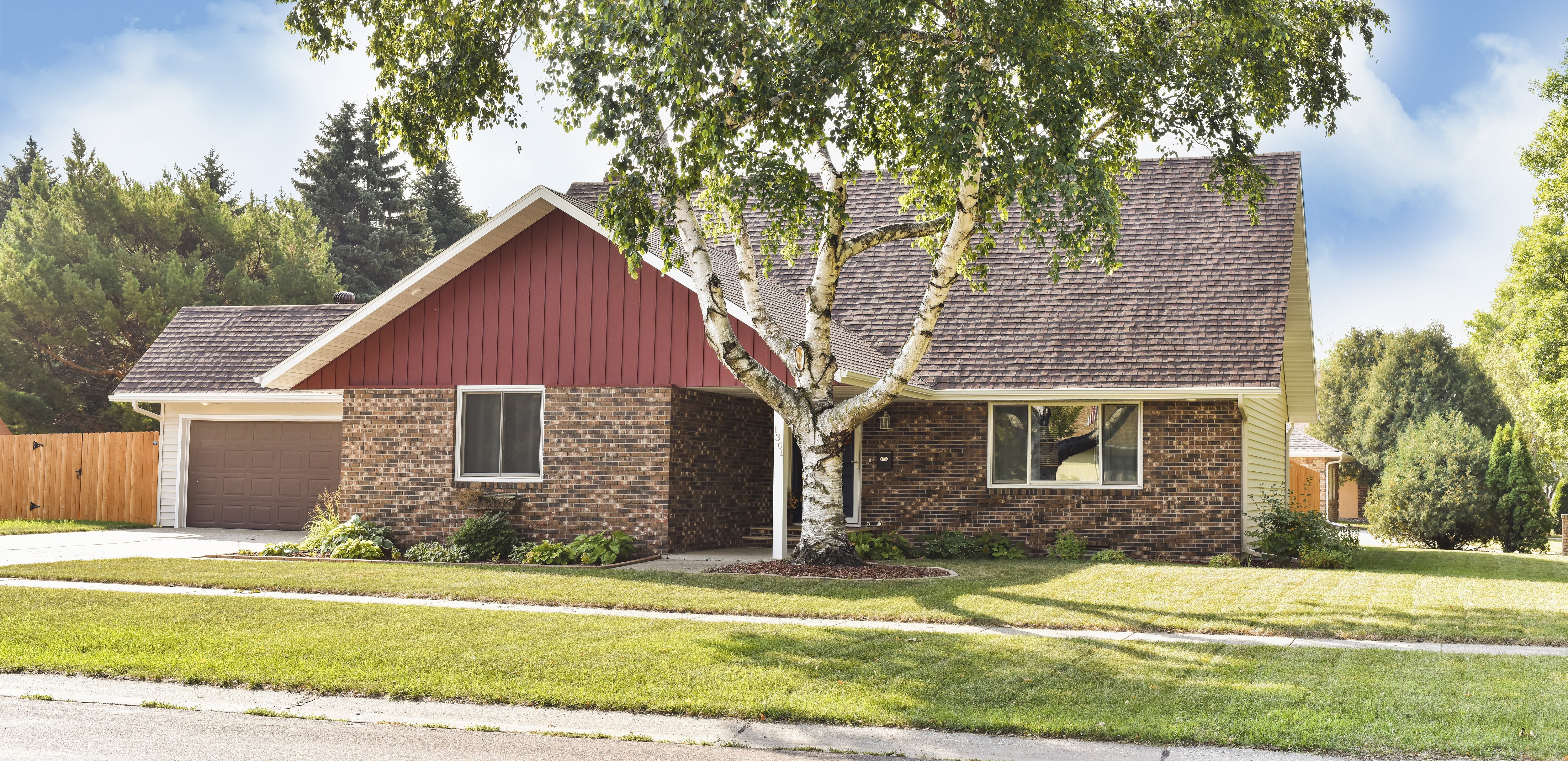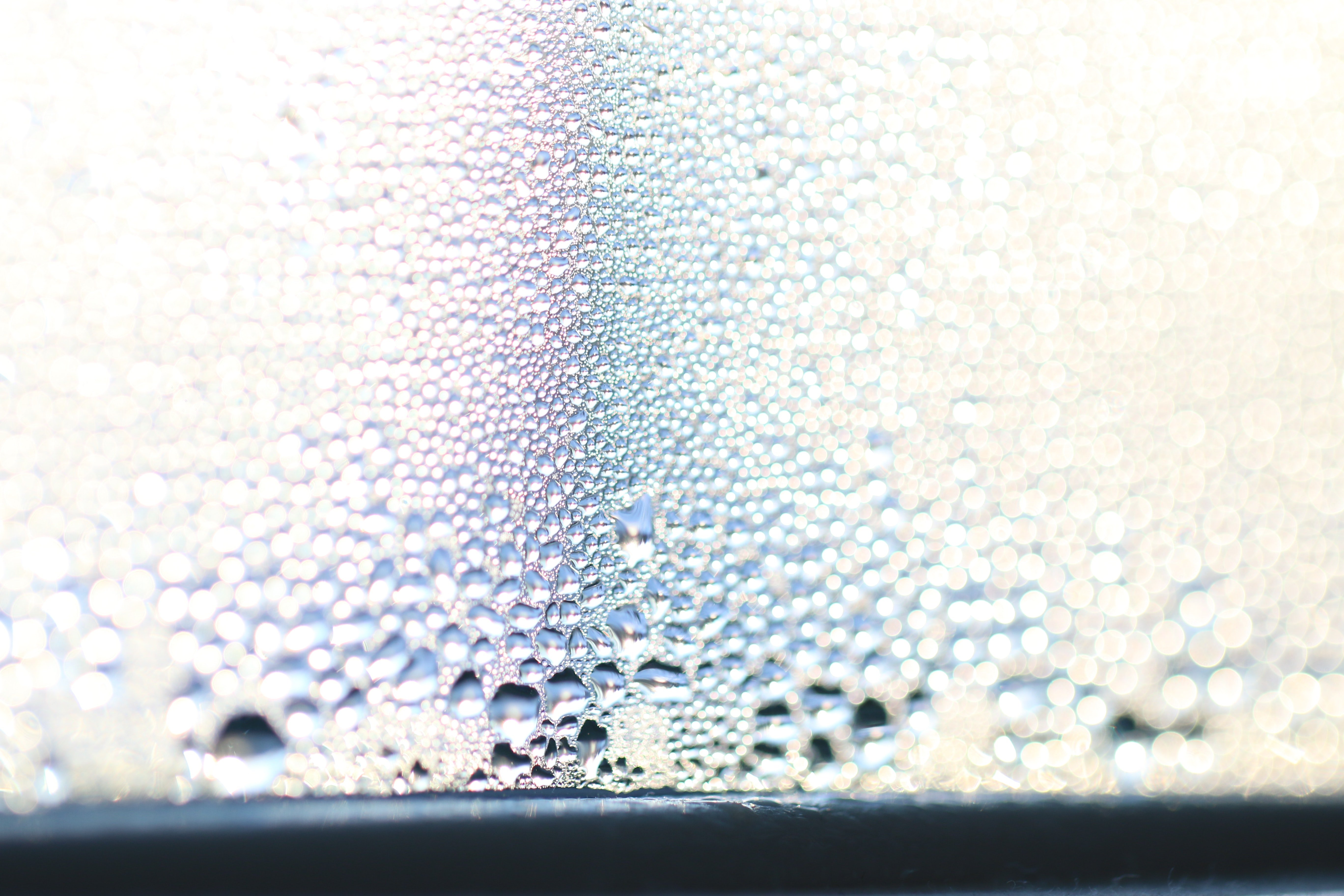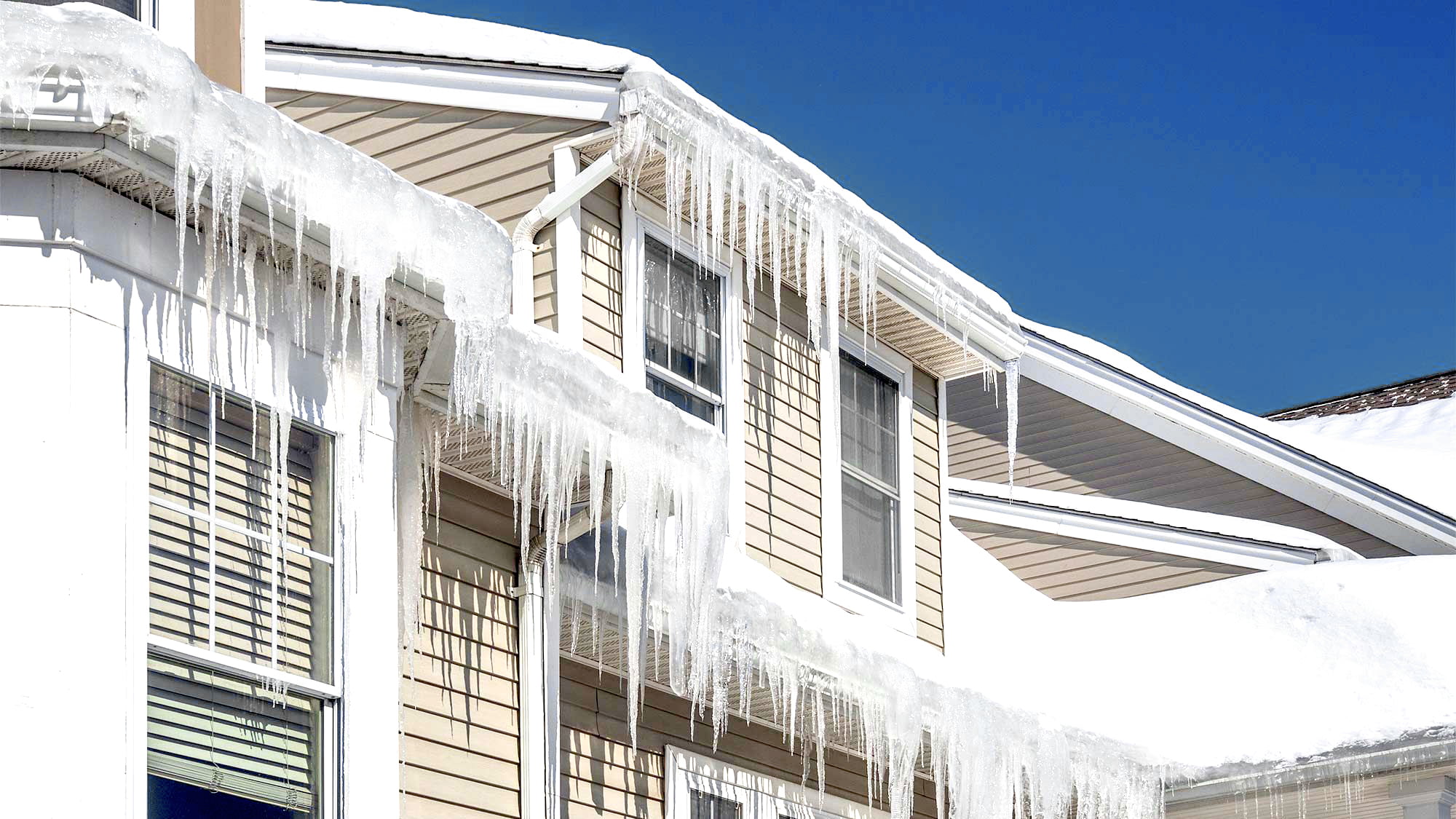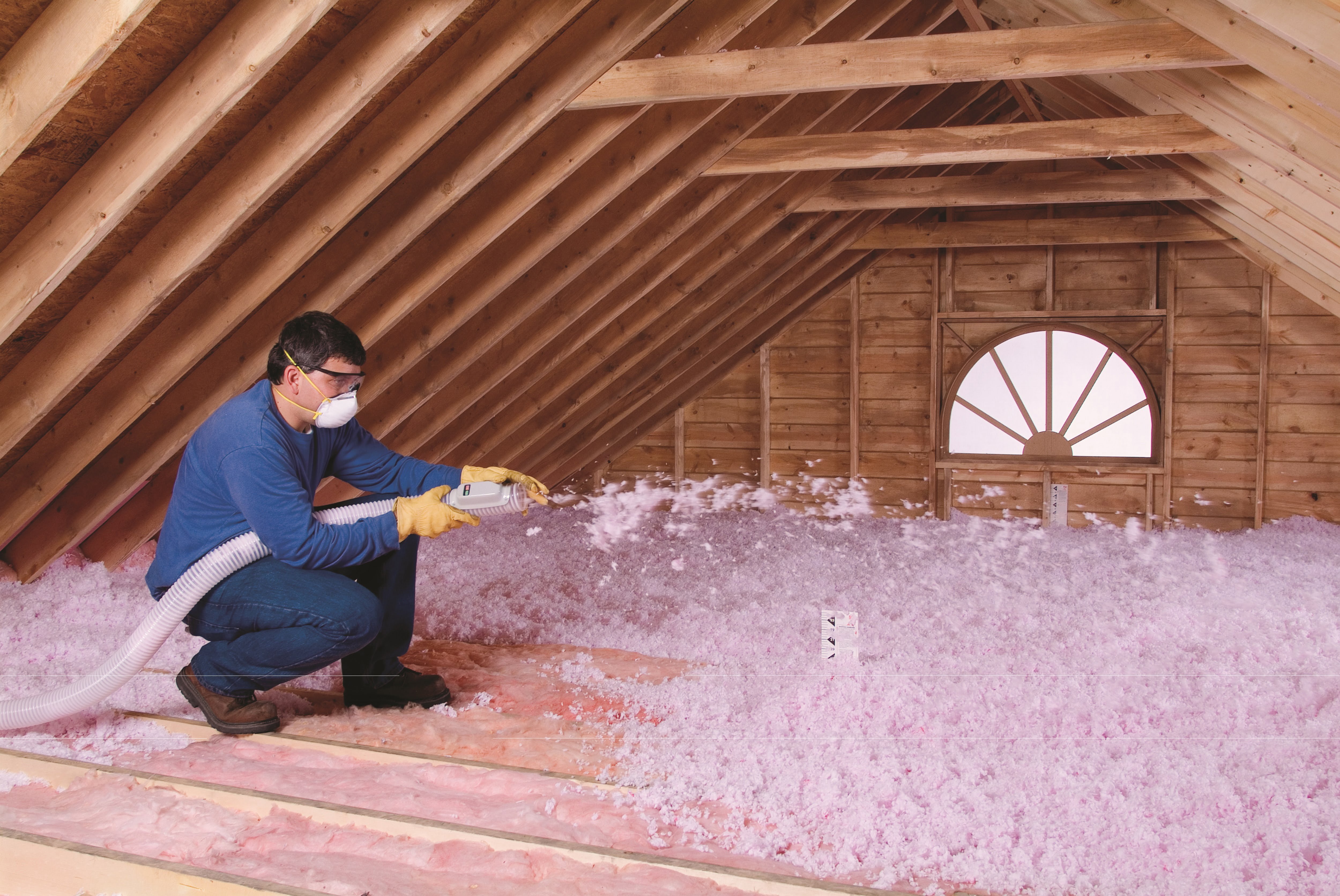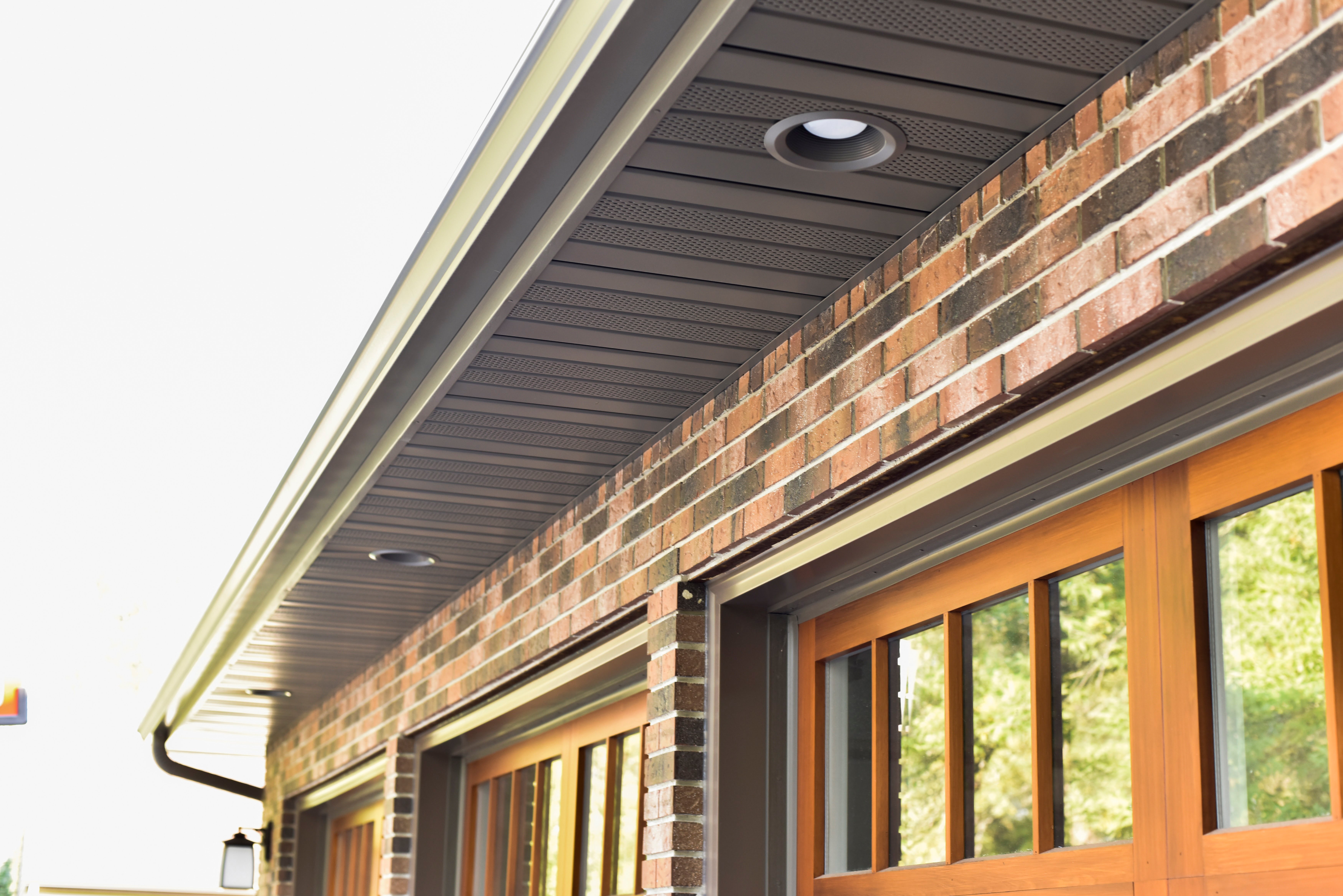Thanks to Western Products’ offering of Renewal by Andersen windows and entry doors, having a more energy-efficient home is within your reach. With our improvements, heat and humidity will not escape through your walls and around your windows and doors as much as a typical home. This is fantastic for keeping your heating and cooling bills down throughout the year. But, what does it mean for how you should maintain the integrity of your home?
An energy-efficient home may see some subtle changes in the way it reacts to weather. Today, we’re going to walk you through two of these most common changes and reveal simple steps you can take to handle them like a pro.
Window Condensation
One common change that homeowners experience when they improve the energy efficiency of their home is an increased amount of condensation developing on their windows. Condensation forms when warm, humid air comes into contact with a cold surface. In a newly energy-efficient home, the increased heat and humidity benefit can cause condensation to form on your windows more often, especially in the wintertime.
Windows that fog up or collect moisture are not harmful to your home on their own. However, they are an indicator that you should change your air quality in order to prevent long-term damages. When your home becomes too humid, excess moisture in the air can seep into the building’s structure. At its worst, this can cause peeling paint, rotting wood, buckling floors, insulation deterioration, mildew and even moisture spots on ceilings and walls.
Thankfully, these problems can be easily avoided by simply tweaking your home’s humidity setting. Western Products has developed a guide for what humidity works best during outdoor temperatures that are most likely to create window condensation. If you follow this humidity guide, you will both eliminate inconvenient window condensation and avoid humidity damage entirely.
Outside Temperature |
Inside Humidity |
|---|---|
| -20°F | 15-20% |
| -10°F | 15-20% |
| 0°F | 20-25% |
| +10°F | 25-30% |
| +20°F | 30-35% |
Ice Dams
One other phenomenon you should know about that is triggered by increased energy efficiency is ice dam formation. Ice damming happens when heat from your home escapes through the roof and melts the snow that sits there in the winter. When this melted snow runs down to overhanging eaves, the heat from the house is too far away to keep it liquid, so it freezes. If this ice continues to build up, it creates a dam that holds back more and more water—eventually collecting enough to seep under shingles and leak into your home!
The reason energy-efficient homes may experience an increase in ice damming is because if heat does not escape through windows or siding, it will travel up through your home until the only place left to exit is through your roof.
While snow removal may seem like a simple solution to ice damming—after all, without snow, ice dams cannot form—it’s not the most practical solution. Removing snow from your roof each time it falls is not only time consuming and tedious, but it can also pose a hazard to homeowners attempting to clear it themselves. When it comes to ice damming, it’s important to address the issue early so that structural problems can be avoided entirely. You can actually prevent ice dams from forming in the first place by improving insulation and ventilation.
Insulation
If your home was built before 1980, it’s likely that your attic needs an insulation update. Attic heat sources like plumbing, fan and clothes dryer vents are important to insulate so you can decrease the amount of heat that escapes through your roof. Insulating chimneys and furnace flues can also make a big difference, but make sure you only do so with the guidance of a building inspector!
When choosing the type of insulation you want to use, pay attention to the material’s R-value, which is a rating of its resistance to heat flow. The higher the R-value, the greater its insulation power.
Ventilation
Ventilation also plays a key role in preventing ice dams because it directs excess heat quickly out of your home, instead of slowly through your roof deck. Before adding any more vents, make sure your insulation does not cover any existing soffit vents. Once this is done, you can make a ventilation plan to suit your home’s unique needs.
The two most common types of ventilation systems are electric fans and static openings. An electric attic fan is installed on your roof or gable with a thermostat or humidistat to trigger the fan when your attic needs ventilation the most. A static ventilation system, on the other hand, is a simple, stationary vent or covered opening, typically in a ridge, gable, eave or roof deck. Both vent types have their benefits, and sometimes a combination of both is the most effective solution.
Our home improvement experts are committed to helping turn your home renovation dreams into realities! Stop by one of our showroom locations in either Fargo or Bismarck, or give us a call at 800-743-3632 to set up a free in-home consultation or a virtual consultation. We can talk to you no matter where you are through our virtual consultation service.
Share with your friends | Stay tuned for more blog posts


